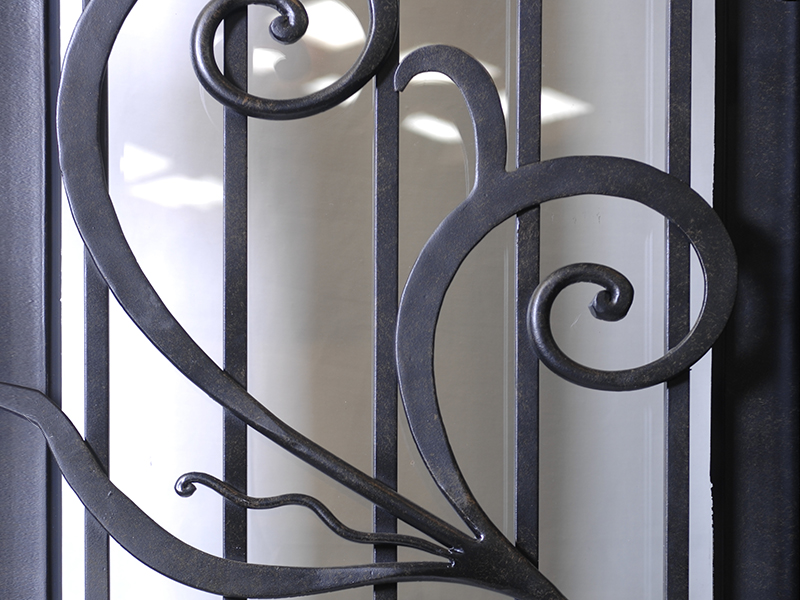
It’s All In The Details
“The details are not the details, they make the product,” wrote Charles and Ray Eames.
The Eames brothers demonstrated how much they cared about their customers by considering the details that would be most important to them. How long might a product last, and how much it should cost.
When we talk about attention to detail, we’re referring to having a keen awareness of the smallest details. Approaching design with this level of precision and accuracy takes time, inspiration, imagination, and ultimately allows us to cultivate a critical eye.
Paying attention to the detail of a design means we consciously examine and polish every element of design whether simple or complicated. It means only including what is necessary, and making those necessary elements beautiful.
A good design should ultimately speak for itself. It should consider the elements of scale, balance, proportion, comfort, and style, which combined must work together in harmony. It is the details which make it memorable, unique and set it apart from others.
Details can be small, large, important or insignificant, but they should all be considered. That’s what makes a well designed door a pleasure to open. What’s required is a developed understanding of the user’s needs, and a design solution that accommodate these.
Simplicity is a great way to focus on what is important in your design. It’s a refinement of ideas which are thorough down to the last detail. The integrity and success of each design depends heavily on the attention given to these fundamental details.
We’ve put together our 5 Tips To Conquer The Details
Look to your peers
Read and research, analysing designs you believe are successful. Make a list of what makes them great. Study them, talk to the designer, and learn about the process, the motivation and the outcome.
Less is more
Leave in only what is necessary and makes it harmonious. Let the complexity be in the simplicity. Look closely at the spacing, colours, forms, shapes, shadows, which should combine effortlessly to create the whole.
Take a break
Leave the work alone and recharge your mind. Returning to your design with a fresh perspective offers the chance to review, re-evaluate, and be objective. Your first impression and reaction is likely to be similar to the initial impressions of those who see it for the first time.
Experiment
Getting started is half the battle, so just play with your ideas. There is always a better idea than what you thought of at first. So instead of sticking to one idea, try to think of other design strategies and techniques you can use.
Start again
If something isn’t working, don’t be afraid to start again. The goal is to refine, over and over. Perfection isn’t something to strive for, but close to perfect always leaves room for exploration, dialogue, and learning.
Whilst the aesthetic appeal of a design is key, practicality is important, as it must also serve its purpose well. A door handle cannot for example feel strange in the hand or uncomfortable to touch. It has to simultaneously feel right when opening, and look aesthetically pleasing.
At Tasman Forge, every design is created bearing these basic elements in mind. A great design for us begins with ideas and many drawings, followed by creating prototypes out of steel at the forge. We fastidiously check dimensions and proportions, constantly tweaking and revising.
At Tasman Forge it’s our passion to create and produce designs we’re proud of. For our customers, this ensures an investment in great products, our knowledge, experience, and the benefits of an intimate service.

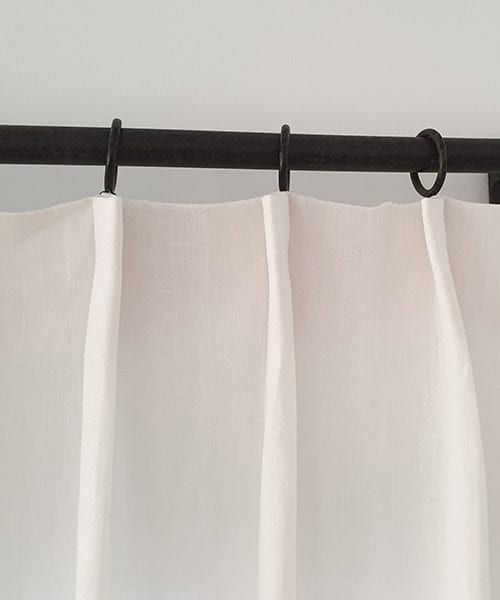
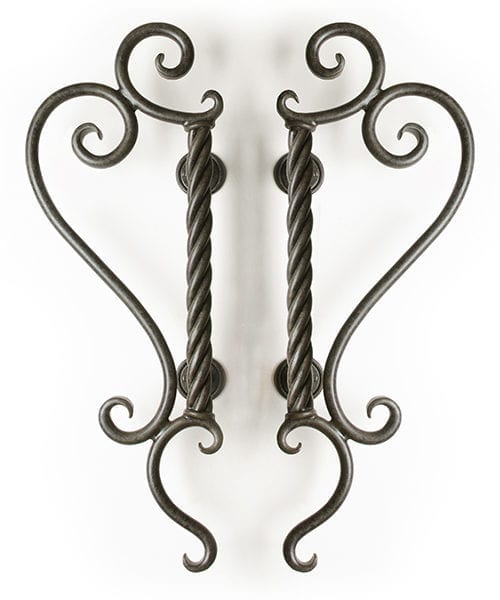
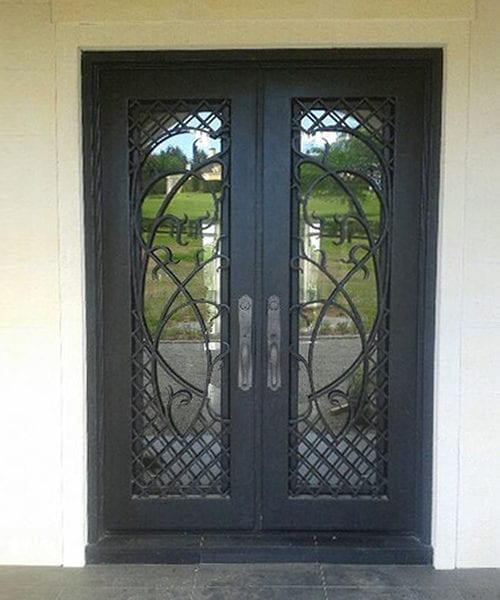
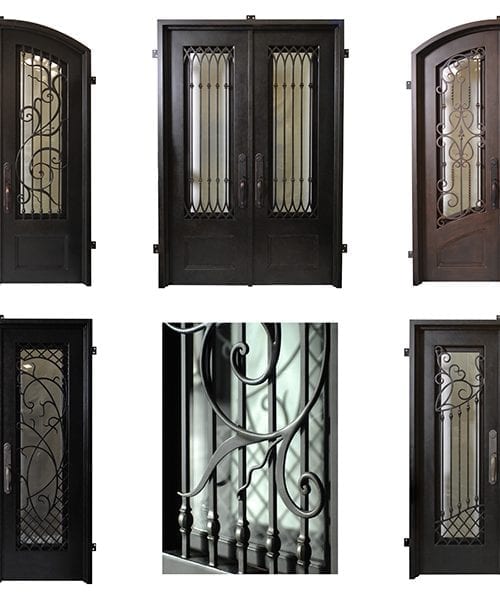

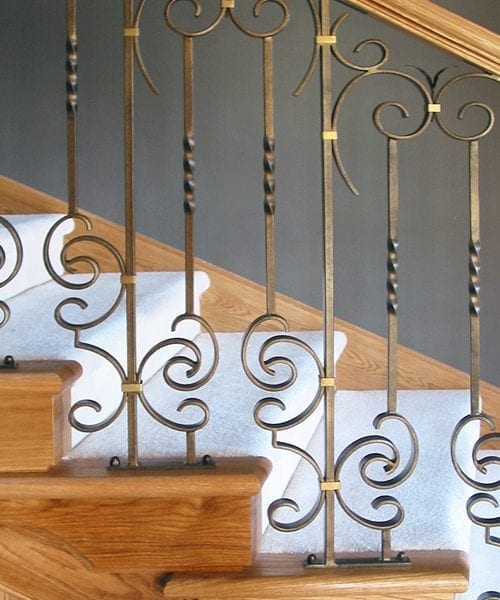
Comments (0)